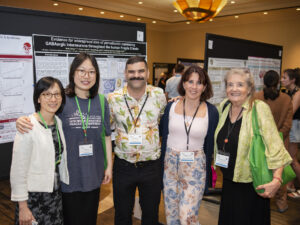Research

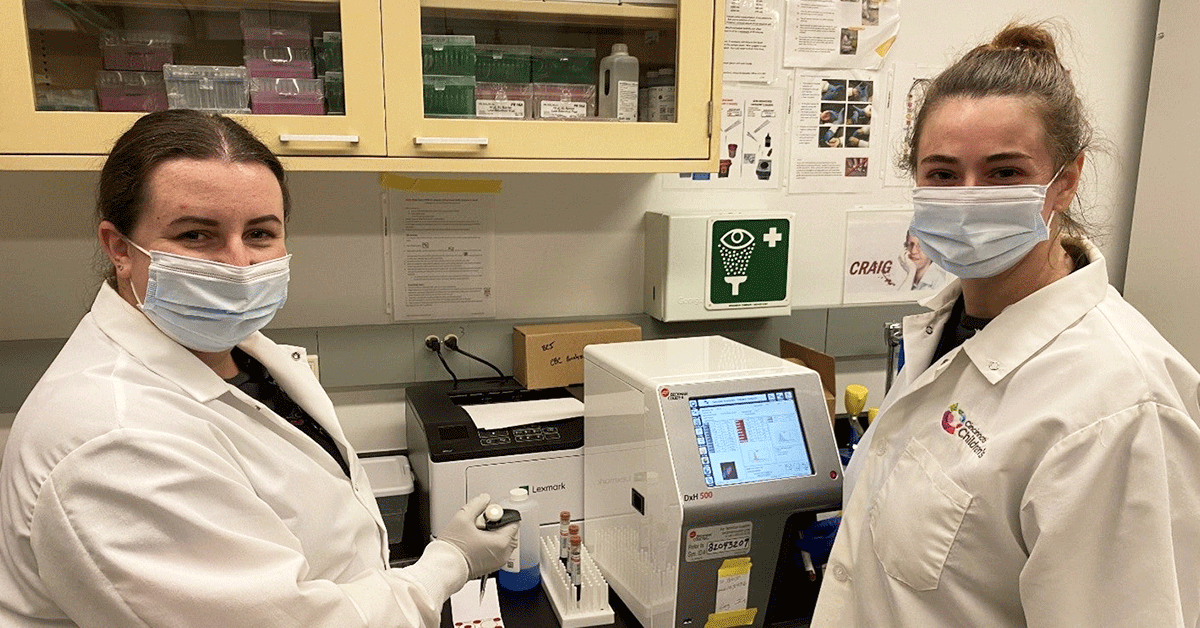
Carefully curated Fragile X-specific research information to assist families and professionals in making important decisions about participating in studies and other treatment and intervention issues.
Participate
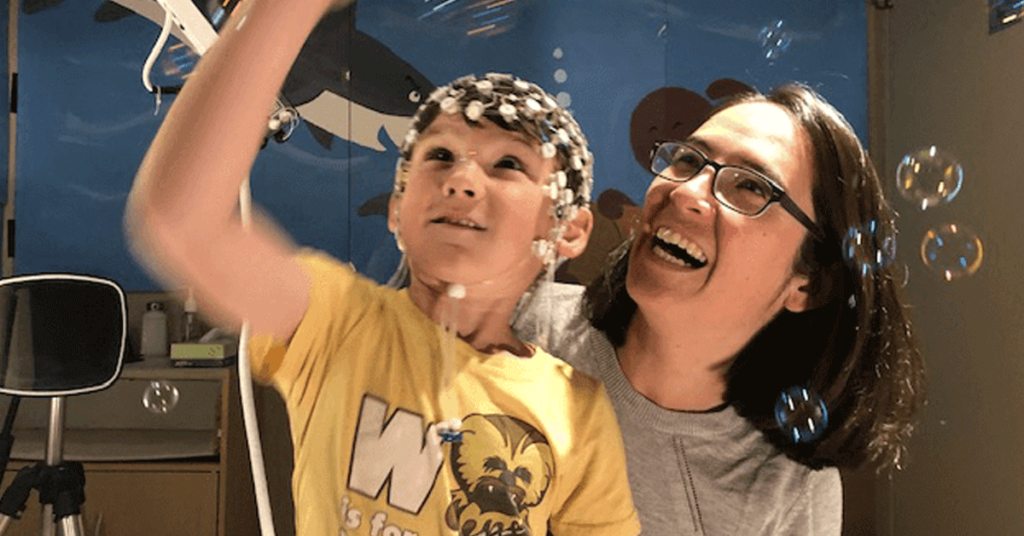
Research Opportunities
Research opportunities are Fragile X-specific clinical trials, studies, and survey resource for the Fragile X community and their families who wish to contribute to the ongoing research behind Fragile X disorders.

The International Fragile X Premutation Registry
A registry of adults with the Fragile X premutation and family members who do not have a Fragile X mutation to facilitate research that could positively impact your quality of life.
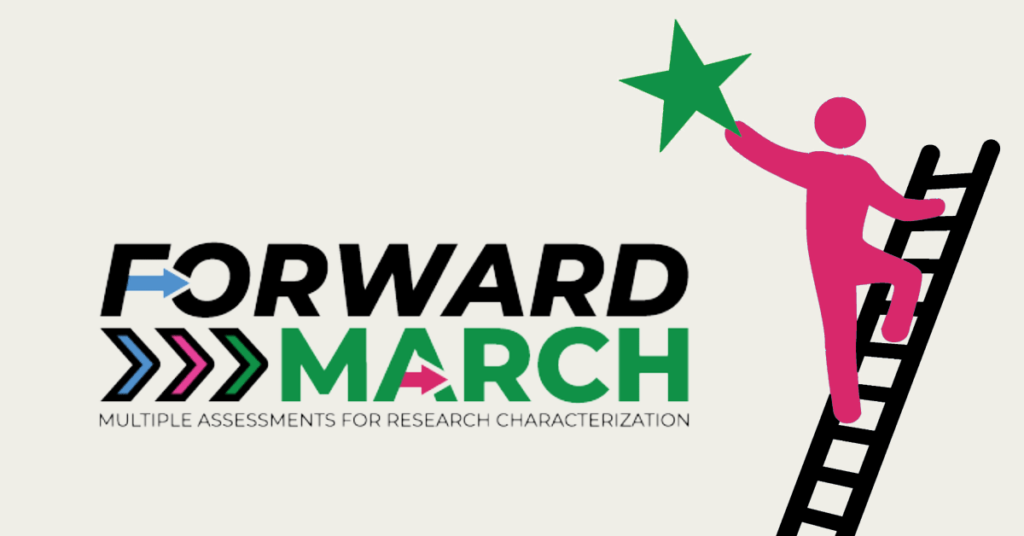
FORWARD-MARCH Registry and Database
Studies made possible because of the original FORWARD study and database, and how you can participate in FORWARD-MARCH.
Learn More

Research News and Results
Curated summaries of important Fragile X research studies. Learn about each and why they matter.
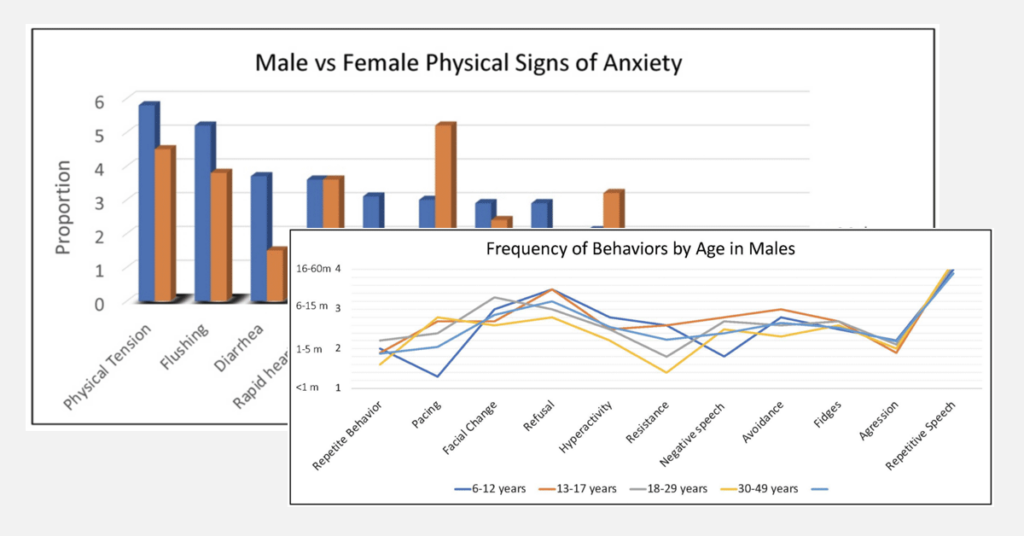
NFXF Original Research Articles
Original research articles by Fragile X professionals addressing critical needs.

Research 101
The ultimate guide for understanding Fragile X research and treatment development.
For Researchers

Research Readiness Program
Learn more about our collaborative pipeline to support the development and execution of research in Fragile X-associated disorders.

NFXF Data Repository
Helping advance Fragile X research by making previously inaccessible, collected data available to researchers and investigators.

NFXF Research Awards
We have two important research awards. The Randi J. Hagerman Summer Scholars Research and the NFXF Junior Investigator awards.

International Fragile X Premutation Registry — Recruitment Request
Apply to utilize the premutation registry for your recruitment purposes.


